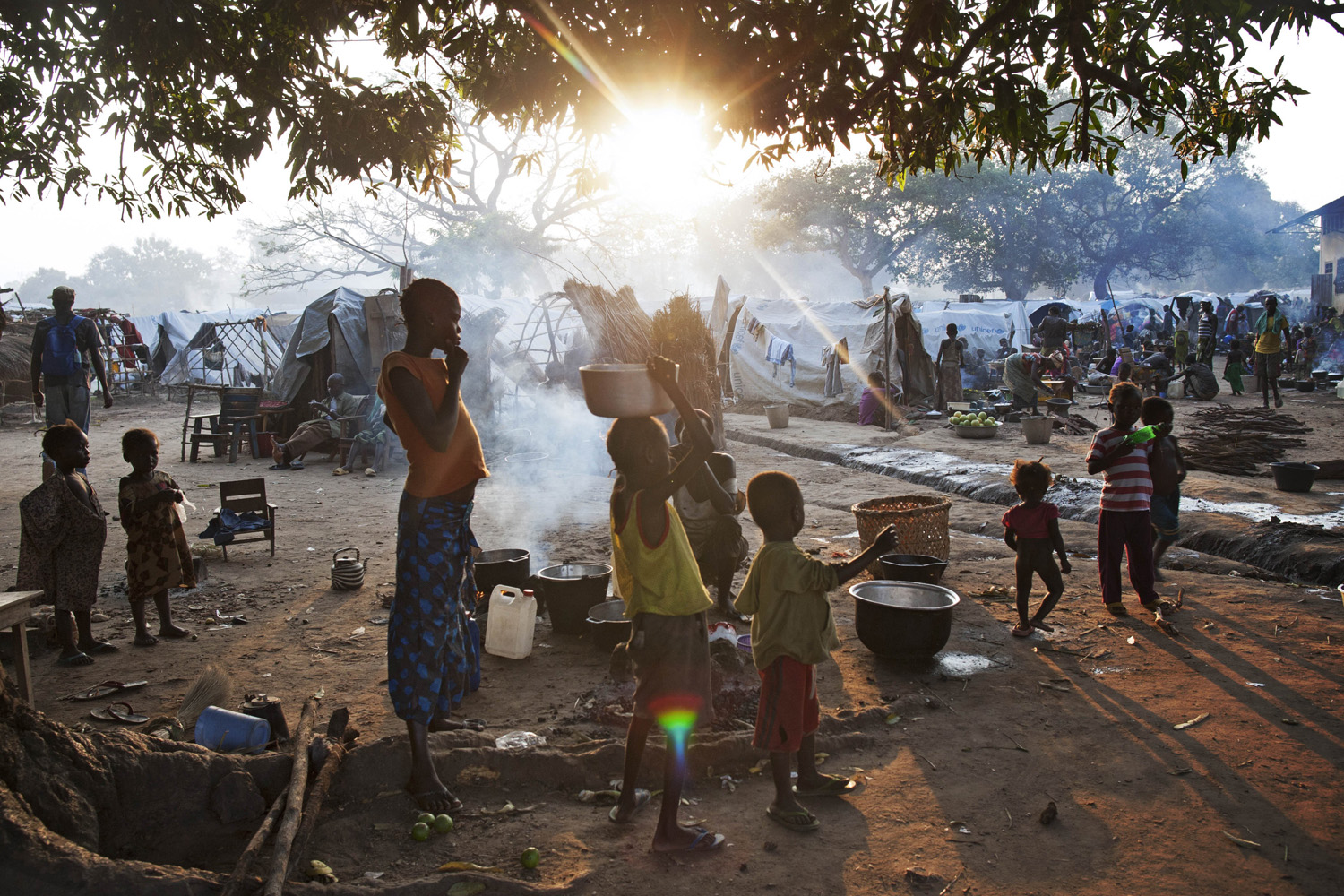
The body of French photojournalist Camille Lepage was found in the Bouar region of Central African Republic, the French presidency said in a statement on Tuesday. Lepage, a young photographer committed to the deep documentation of under-covered conflicts in eastern and central Africa, was 26.
The statement released by the office of French President François Hollande said Lepage was found “murdered” after French troops stopped a vehicle driven by anti-balaka, the militiamen comprised of Christians and animists who have spent months attacking Muslim civilians and battling disbanded factions of the mainly Muslim rebel coalition Séléka that overthrew the state in March 2013.
“All means necessary will be used to shed light on to the circumstances of this murder and to find her killers,” the statement said.
Lepage was based in Juba, South Sudan, for about a year and a half before arriving to Bangui, the riverside capital of Central African Republic, last fall. It was there that she met another French photojournalist, William Daniels, who was on his first trip to cover the conflict. Daniels told TIME he and Lepage quickly connected and decided to work together on a trip to Bossangoa, in the northwestern region of the country.
“She was very active, very patient, very passionate about this work. She wanted to do some very good long-term work about Central African Republic,” he said. “She stood out by being well-connected with the people of the country. In Bangui, everybody knew her. Everybody liked her,” he added. “They were impressed by her, because she was this young, white girl. Very brave.”
Lepage opened up about her interests in conflict and photojournalism last year in an interview. Asked about her top moments of her career to date, she responded, “Not sure I can talk about my ‘career’ just yet, I’m still just getting started! I find it amazing to be able to travel probably to some of the most remote areas, meet wonderful people everywhere and being able to document them.”
Toward the end of the interview, Lepage admitted the struggle of documenting scenes that might barely make it into a news cycle, no matter what her pictures portrayed. “It’s so frustrating to be covering something so tragic, that no one wants to publish and that can’t see the public light apart from social media.” Still, her work in Central African Republic shows that didn’t stop her, but instead motivated her.
News of her death immediately lit up social media, pushing her name into a worldwide trend on Twitter as friends, aid workers and other journalists recalled her memory and shared her photographs. Lepage was especially active on Instagram and used the image-sharing platform to frequently share scenes from her travels.
In her final Instagram post, uploaded a week ago, Lepage said she was traveling with anti-balaka fighters to Amada Gaza, the site of recent Séléka attacks.
Lepage’s final Instagram post
Lepage had recently returned to Bangui from a trip to New York, where her portfolio was reviewed and workshopped by some of the country’s top photo editors. On the lapels of her army green jacket were two cheap flag pins from a roadside shop in Bangui, making it easy to stand out.
In New York, Lepage spoke often about her experiences working in Central African Republic. She admitted fear, but didn’t show it, when discussing her work around anti-balaka or ex-Séléka fighters. And her knowledge of what was causing the devastating scenes she encountered was astounding. She wasn’t drawn to violence, as other photographers tend to focus on, and instead chose to find the humanity of it all, the otherwise unseen lives of civilians and fighters as the streets turned deadly.
Lepage hailed from Angers, France. Her photographs appeared in French newspapers Le Monde and Libération as well as major U.S. outlets like the New York Times, Washington Post, Wall Street Journal and Los Angeles Times.
Andrew Katz is a homepage editor and reporter covering international affairs. Follow him on Twitter @katz.
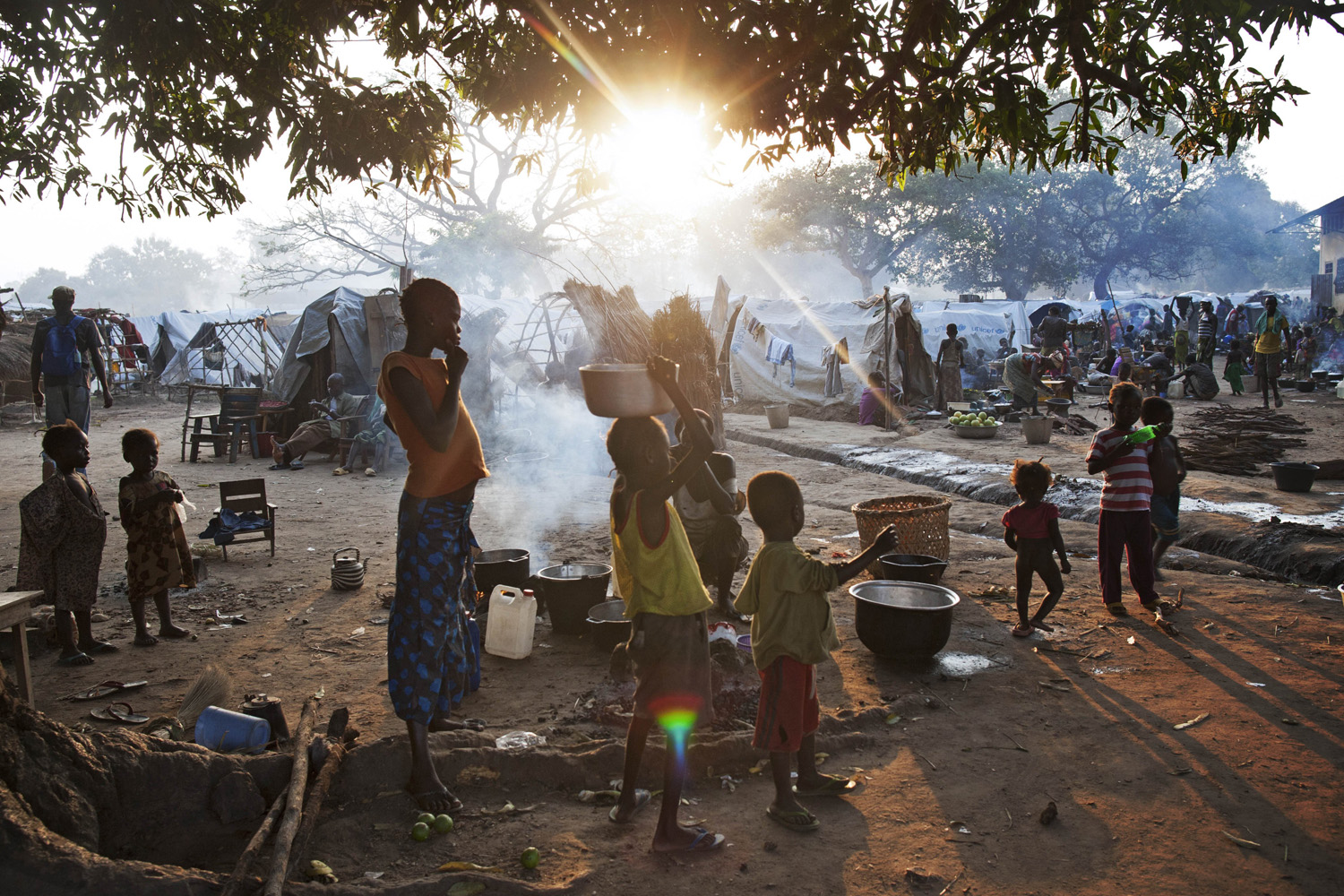
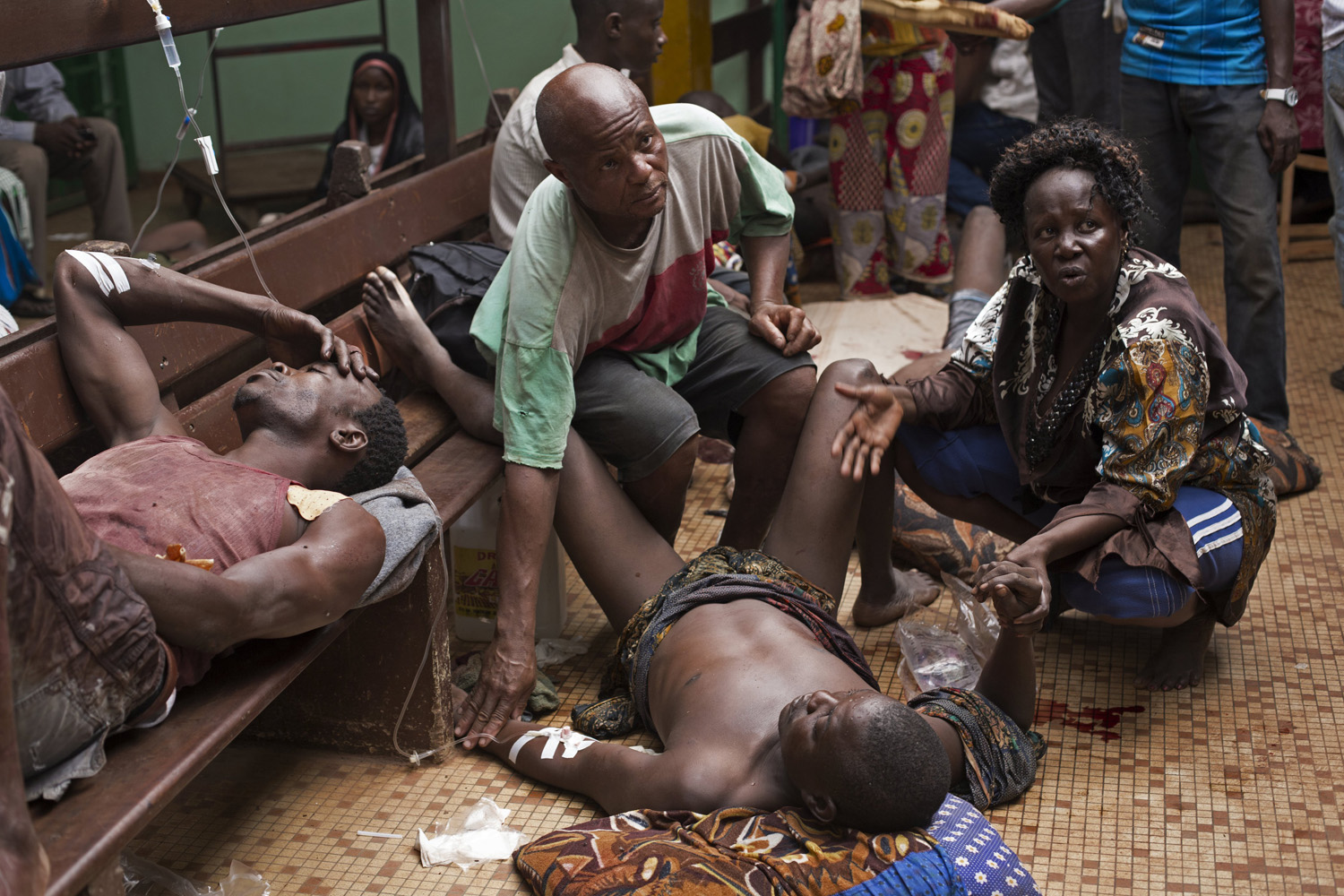

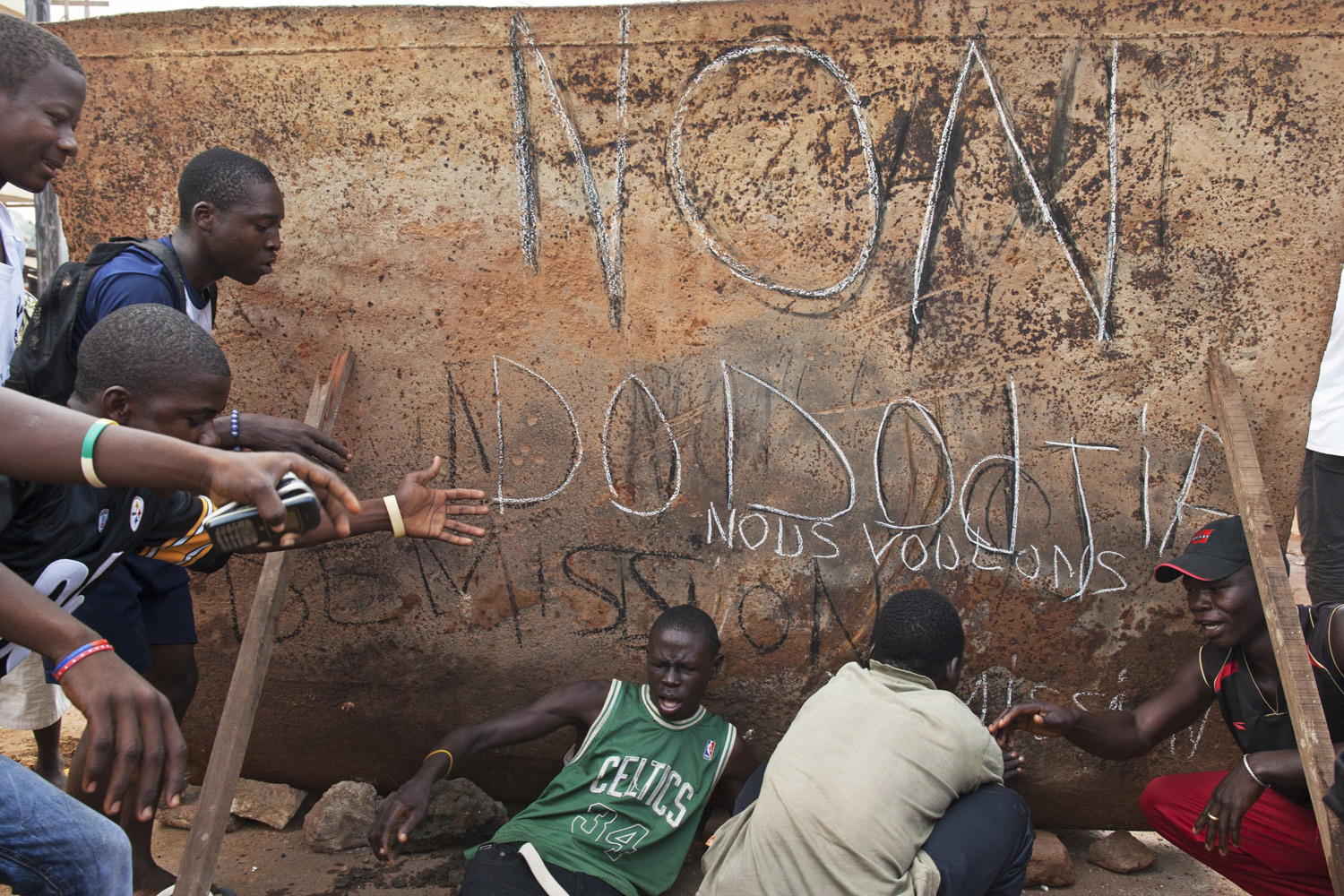
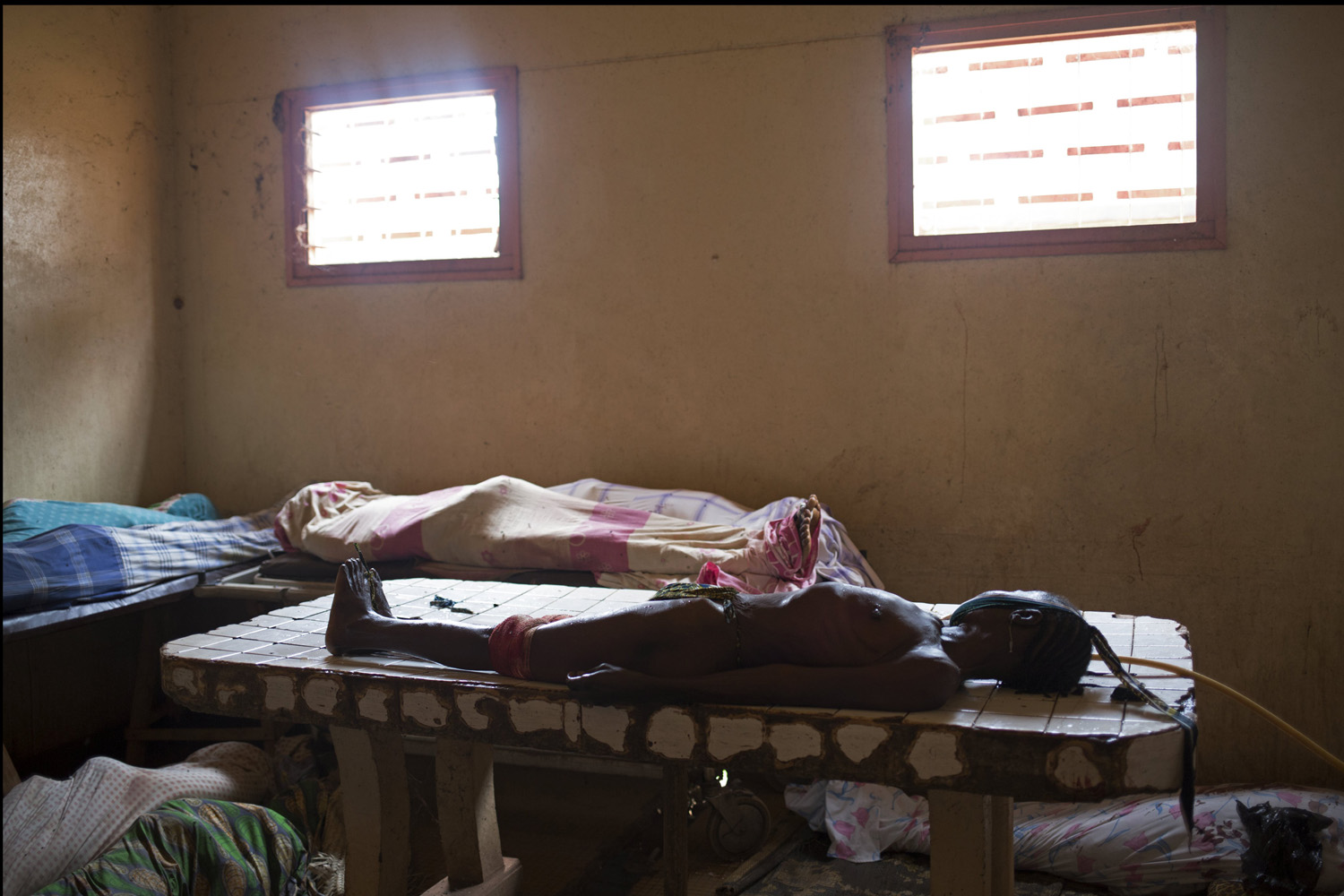
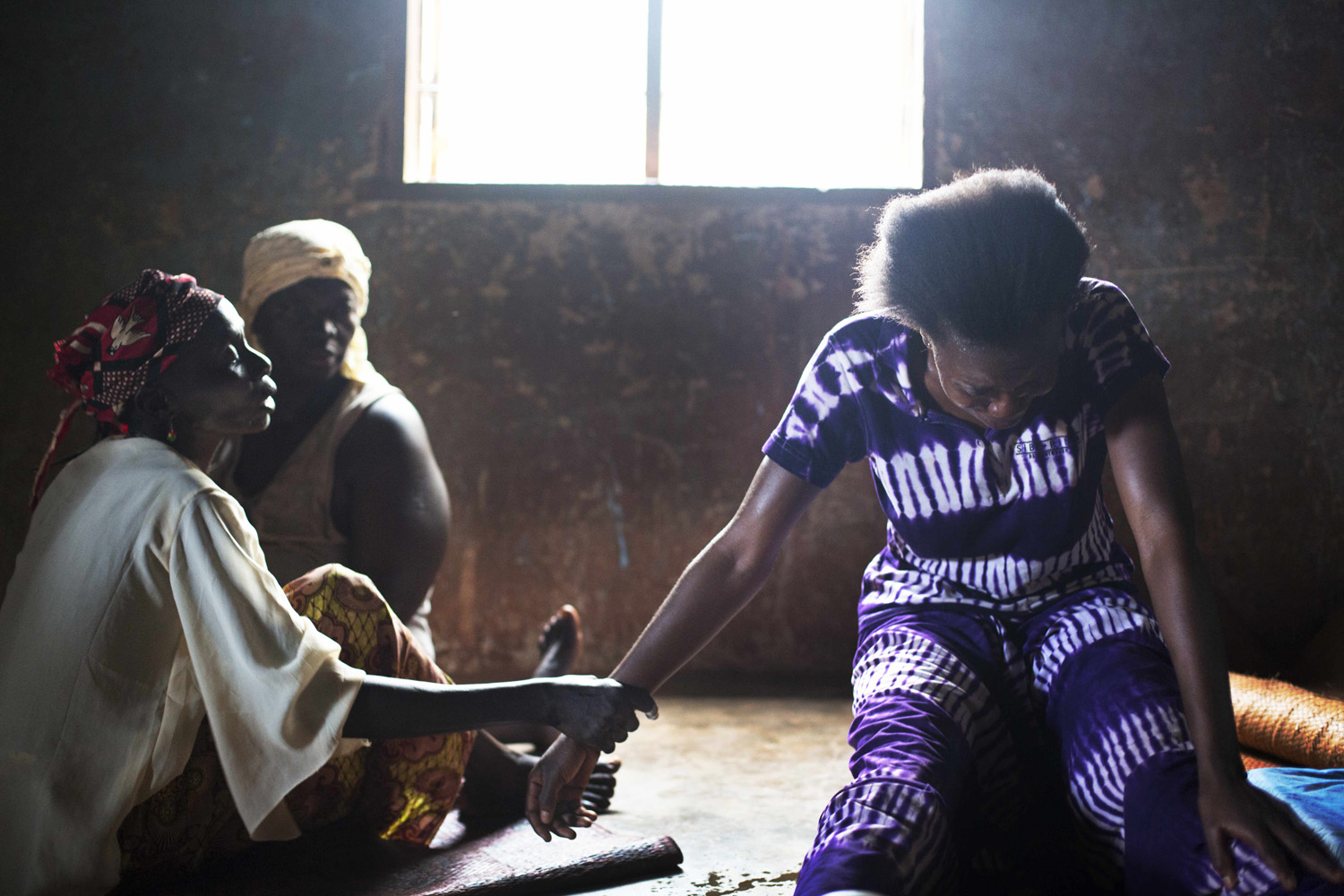
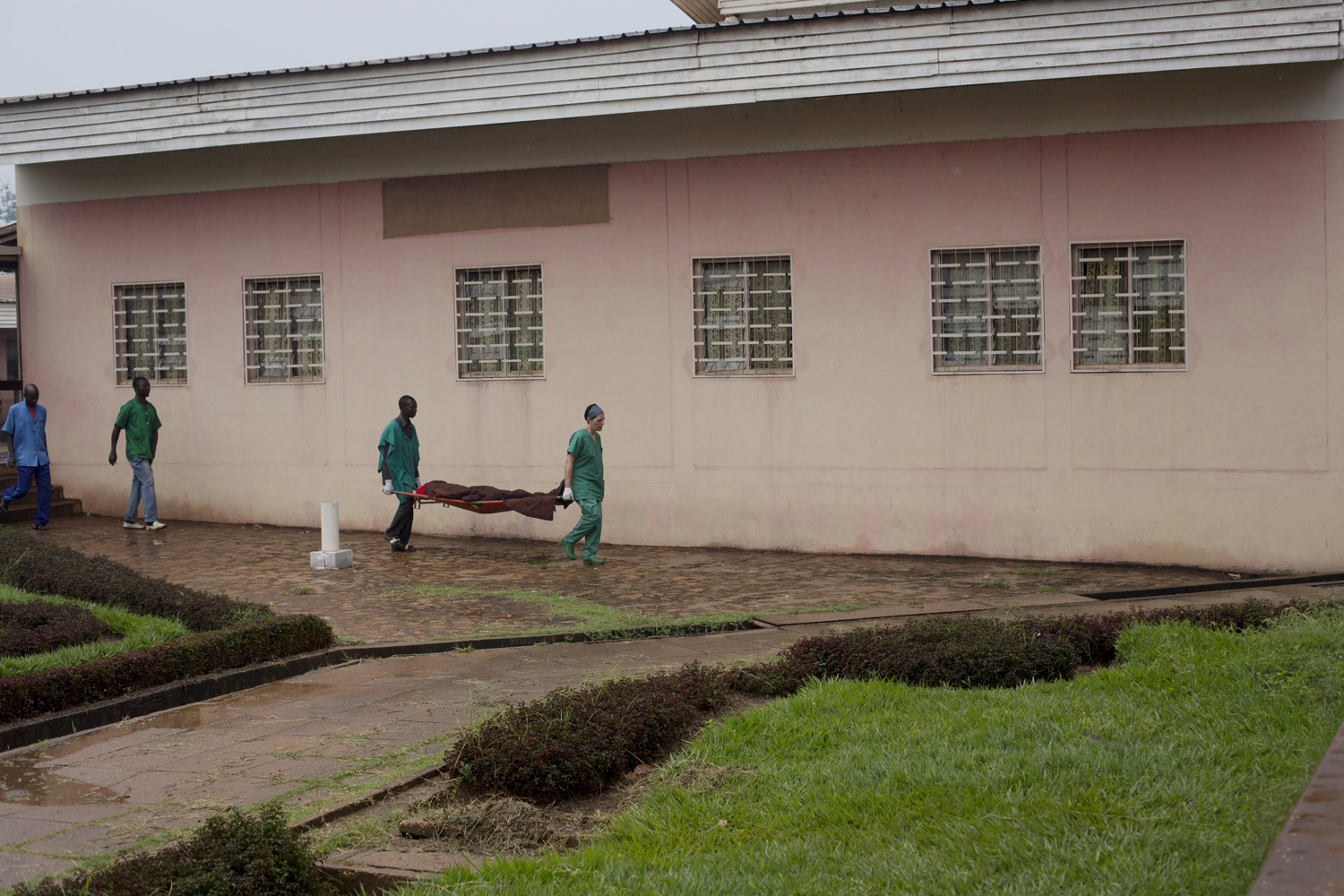
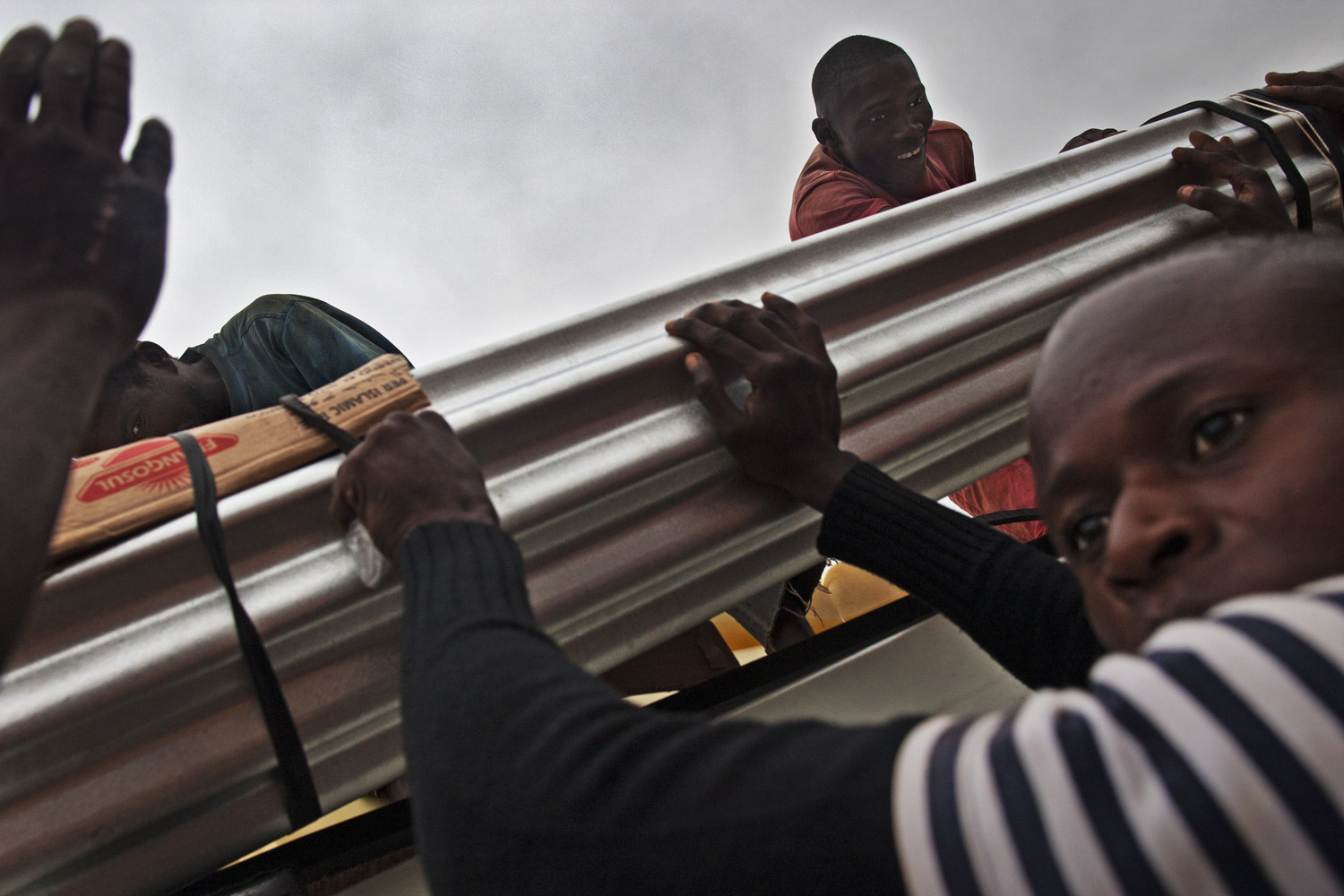
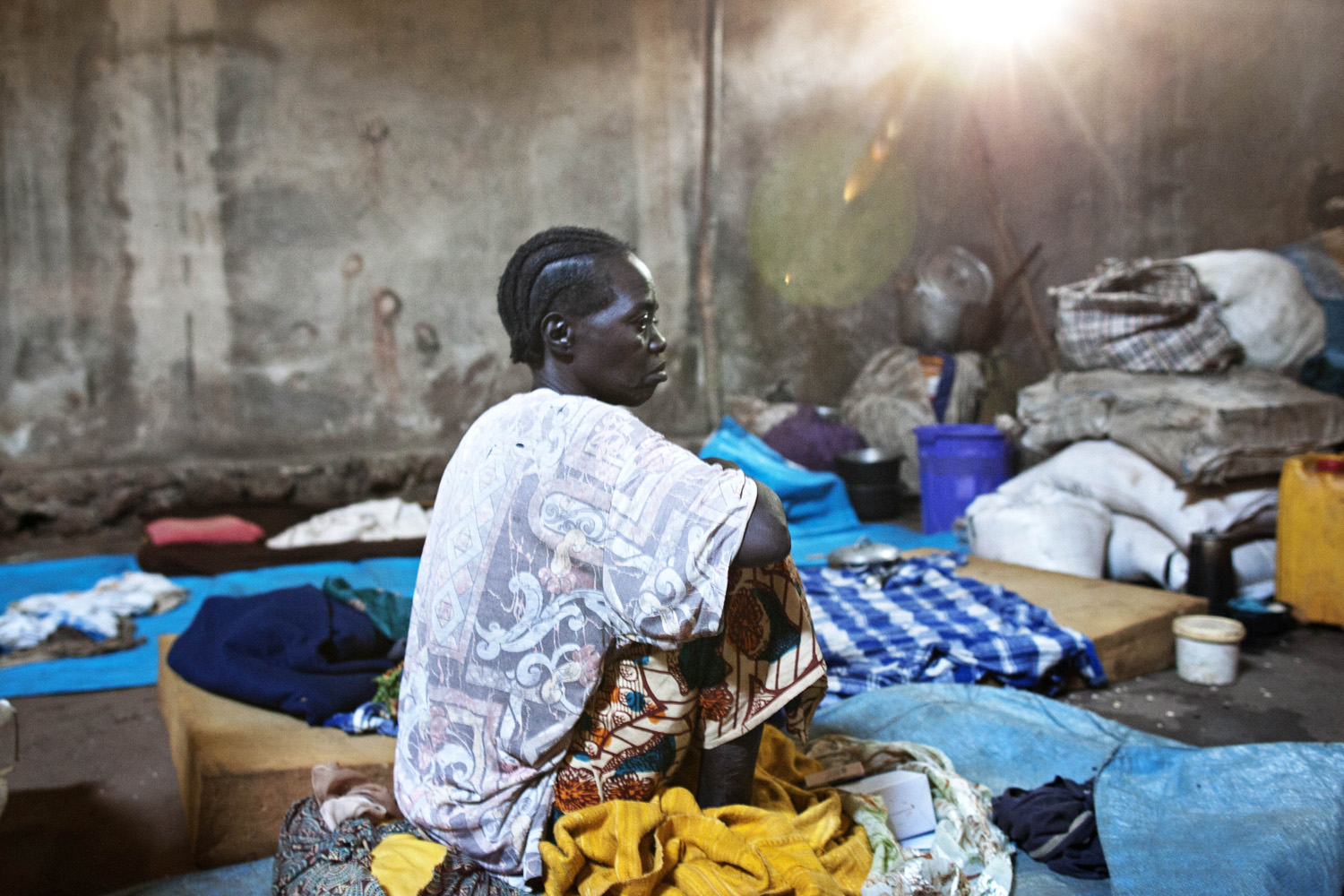
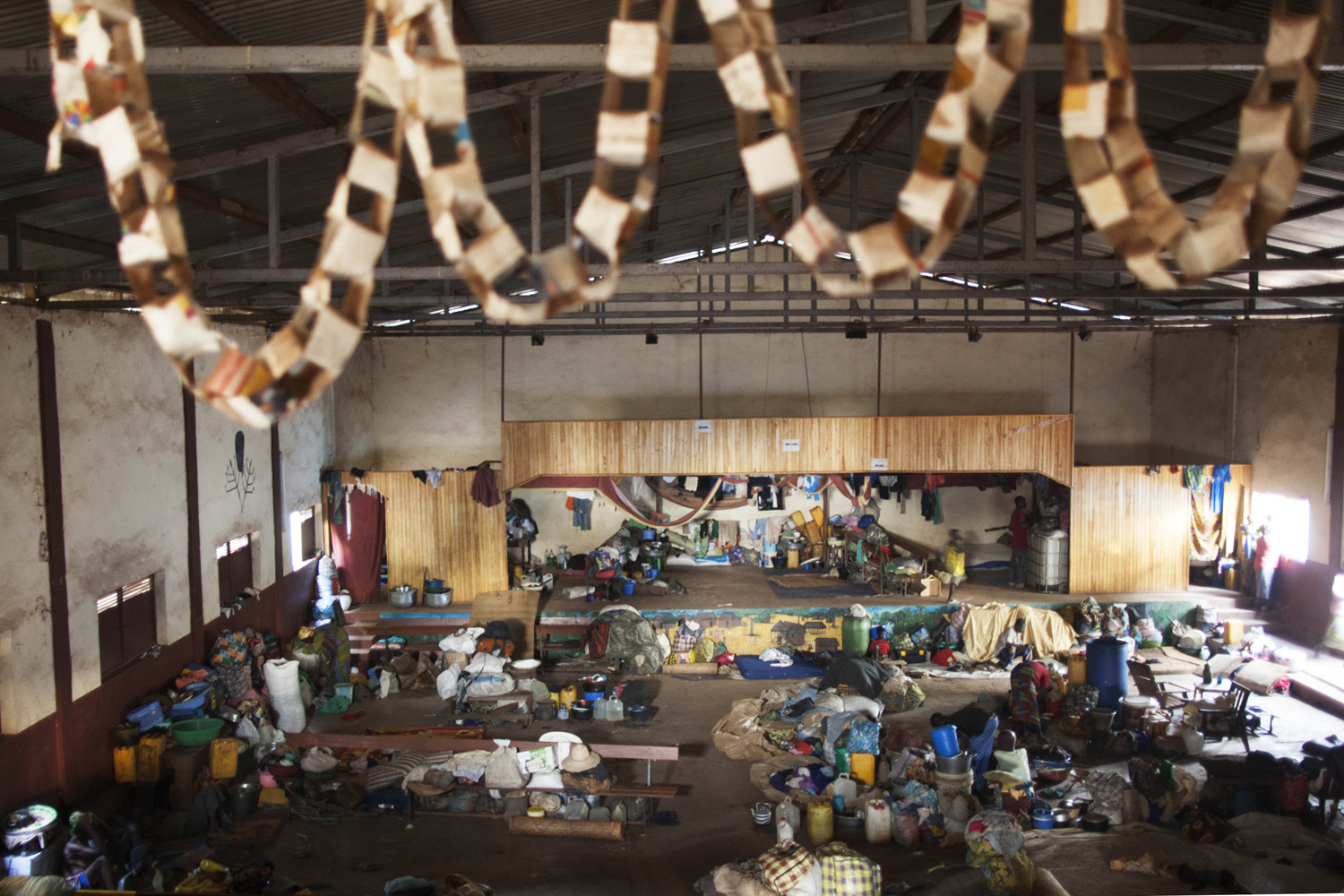

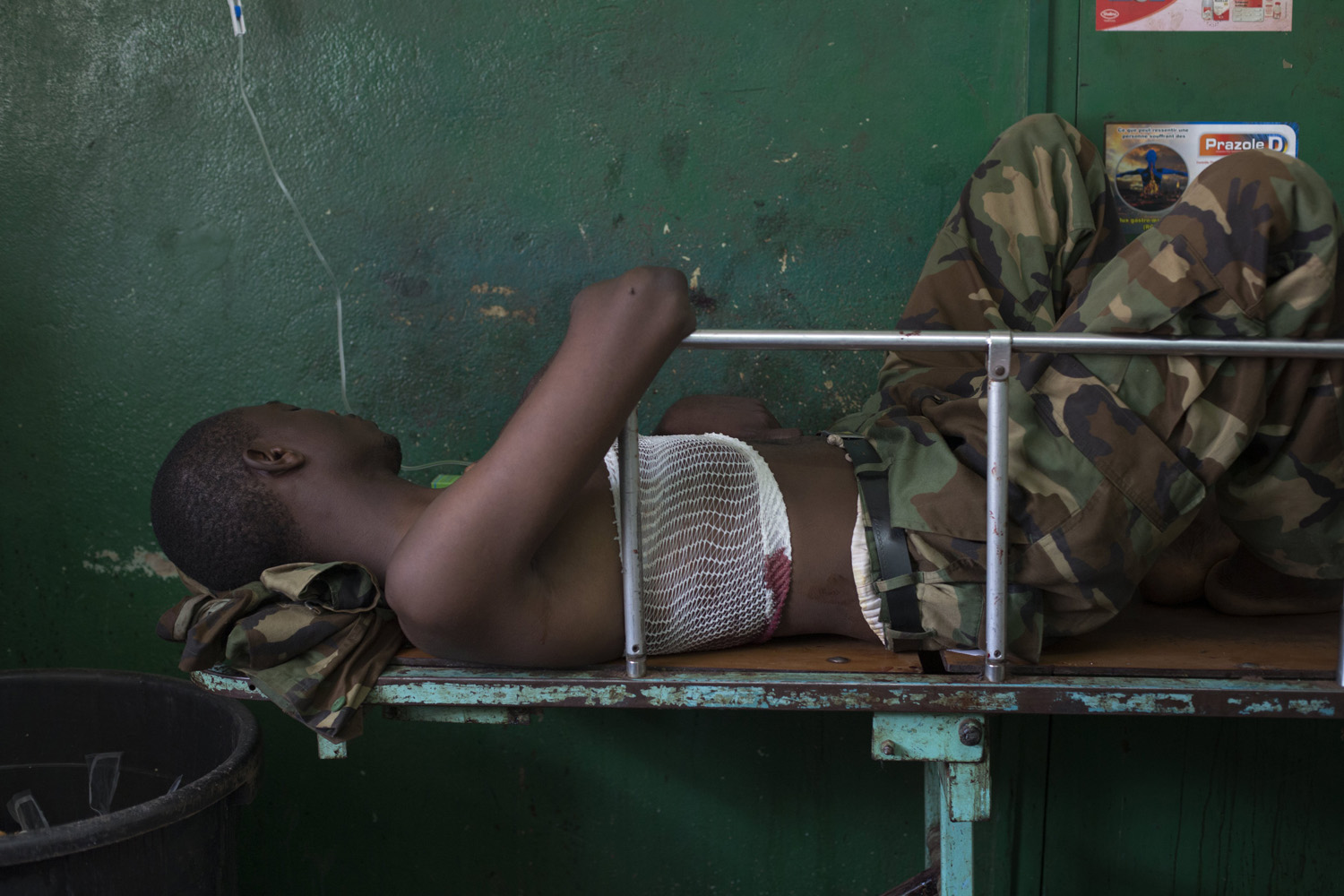

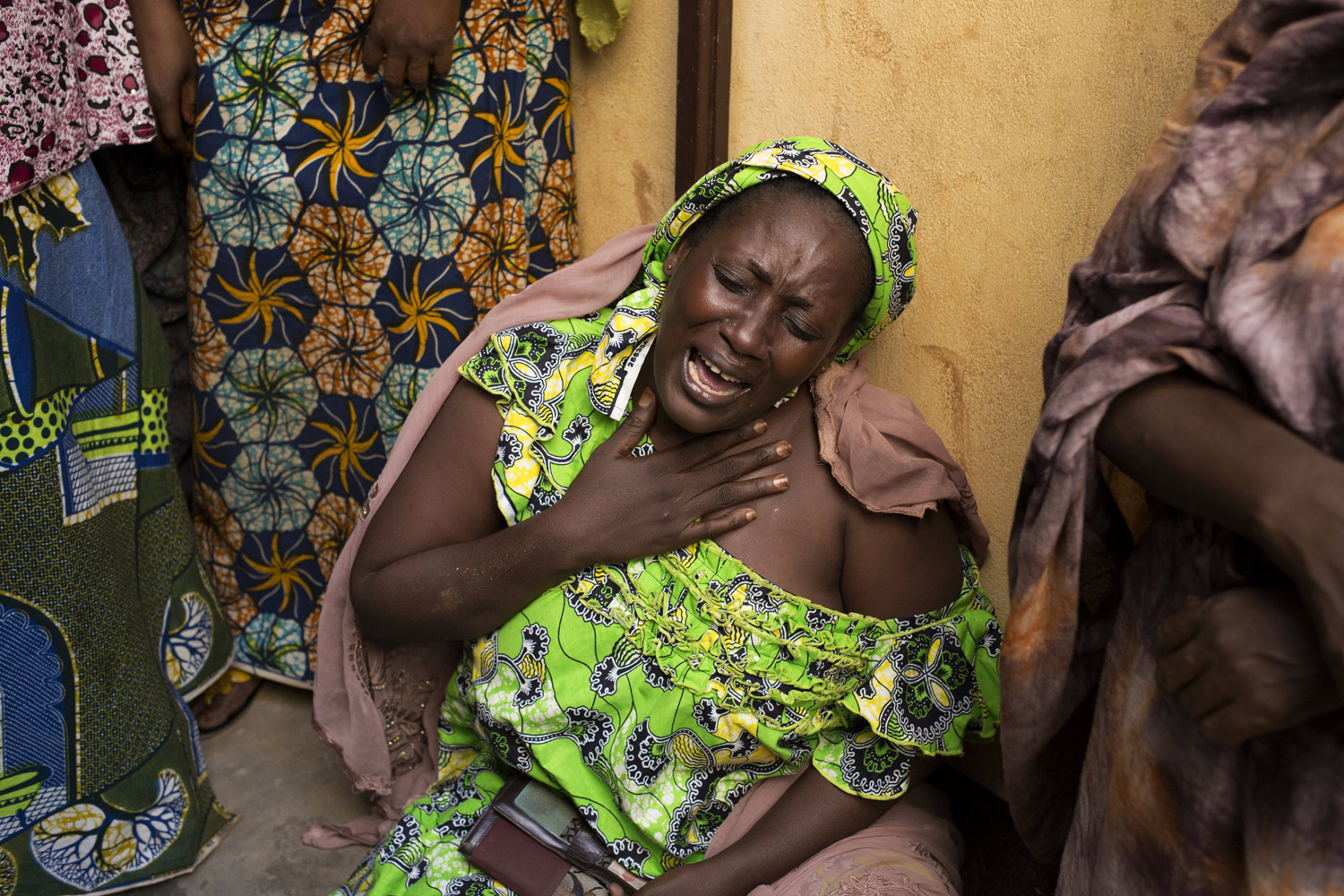

More Must-Reads From TIME
- The 100 Most Influential People of 2024
- Coco Gauff Is Playing for Herself Now
- Scenes From Pro-Palestinian Encampments Across U.S. Universities
- 6 Compliments That Land Every Time
- If You're Dating Right Now , You're Brave: Column
- The AI That Could Heal a Divided Internet
- Fallout Is a Brilliant Model for the Future of Video Game Adaptations
- Want Weekly Recs on What to Watch, Read, and More? Sign Up for Worth Your Time
Contact us at letters@time.com